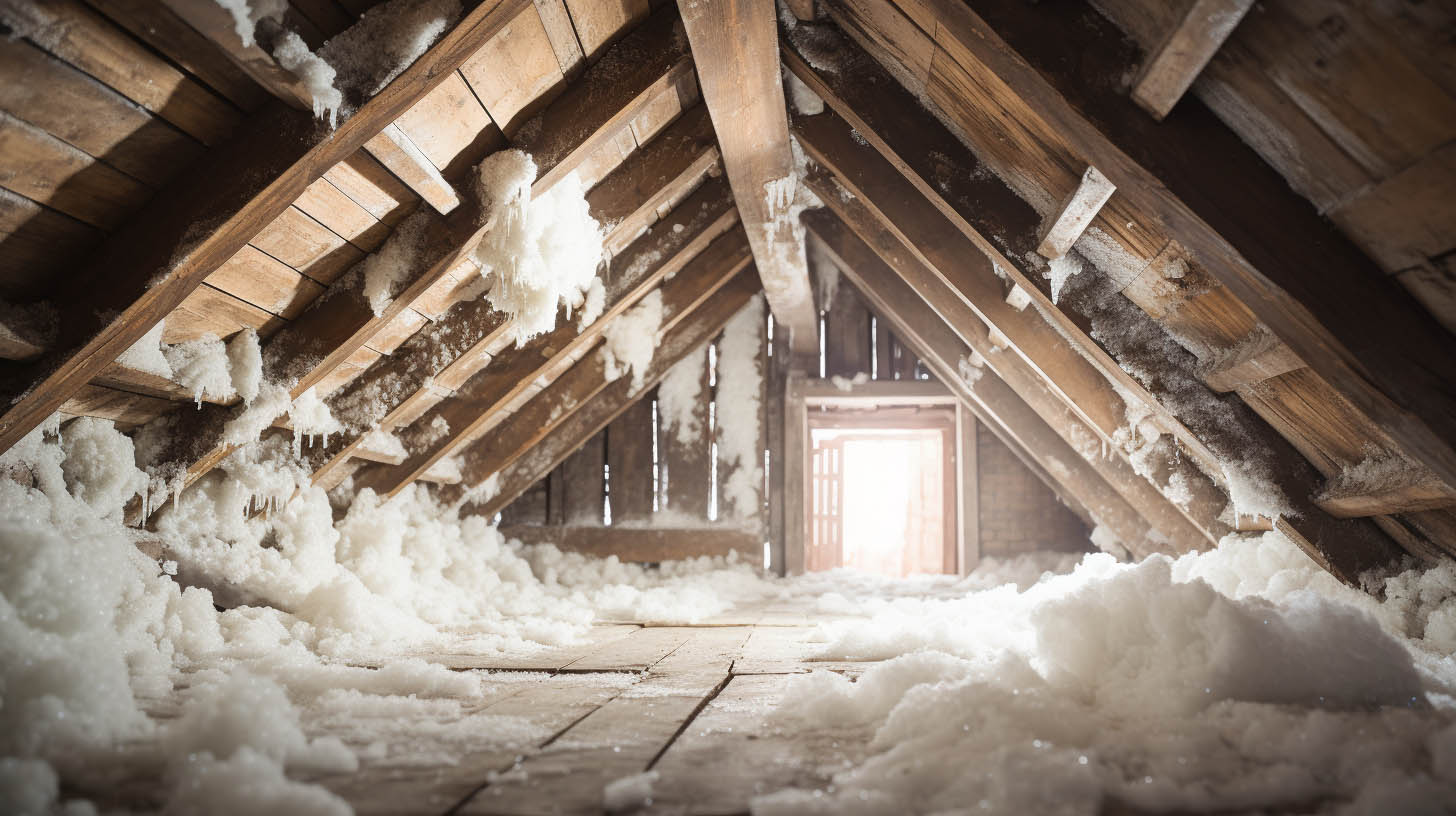
Effective Strategies for Mold Prevention through Attic Insulation and Ventilation
Understanding the Role of Attic Insulation in Mold Prevention
Attic insulation plays a crucial role in maintaining a dry and healthy home environment. Its primary function is to regulate temperature, preventing the formation of condensation – a key factor in mold growth. Insulation acts as a barrier, stopping warm air from reaching cold surfaces where it can condense and create moisture. This is particularly important in areas with fluctuating temperatures, as it ensures a consistent climate within the attic space.
The Importance of Proper Insulation Material and Installation
Selecting the right insulation material is vital for effective mold prevention. Materials like fiberglass, cellulose, and foam boards are popular choices, each with unique properties suited to different climates and attic types. Equally important is professional installation. Improperly installed insulation can lead to gaps and cold spots, undermining its effectiveness and potentially leading to mold issues. MaxForce Roofing and Siding LLC, based in Columbus, OH, emphasizes the importance of expert installation to ensure optimal performance of attic insulation.
The Critical Role of Ventilation in Attic Health
Ventilation is the second pillar in preventing mold in attics. It works in tandem with insulation, allowing for a continuous flow of air that removes excess moisture and regulates temperature. Proper ventilation prevents the buildup of humid air, which can lead to condensation and mold growth.
Calculating the Right Amount of Ventilation
The amount of ventilation required depends on the size and design of the attic. A general guideline is to have 1 square foot of ventilation for every 150 square feet of attic space if there’s no vapor barrier. This ratio ensures adequate air exchange, keeping the attic dry and mold-free.
Combining Insulation and Ventilation for Optimal Results
The synergy between insulation and ventilation cannot be overstated. While insulation maintains temperature and prevents condensation, ventilation removes excess moisture and balances the attic’s climate. This combination is crucial for a mold-free attic. It’s important to assess both aspects when considering attic maintenance or upgrades.
Regular Inspections and Maintenance
Regular inspections and maintenance of both insulation and ventilation systems are essential. Over time, insulation can settle or become damaged, and vents can become blocked. Annual inspections ensure these systems function effectively, safeguarding your home against mold.
Conclusion
Effective mold prevention in attics hinges on the right balance of insulation and ventilation. Understanding their roles, ensuring proper installation and material choice, and maintaining these systems are key to a healthy, mold-free home. MaxForce Roofing and Siding LLC in Columbus, OH, stands ready to provide expert guidance and services in this crucial aspect of home maintenance.

